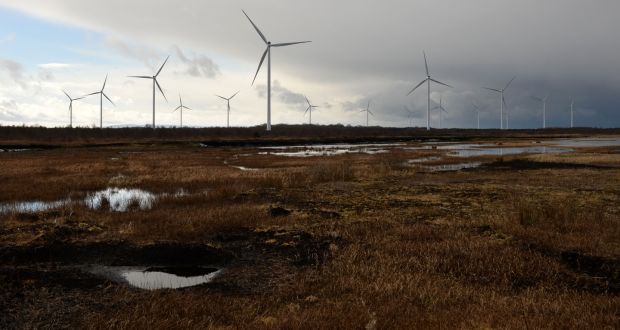
The effects of climate change can be clearly seen, the most evident effect can be seen in the increased temperature. Temperatures have risen by 0.7oC between 1890-2008 and most significantly by 0.4oC between 1980-2008.
These increased temperatures have had an impact on Ireland’s natural environment, it has changed the growing season affecting farming and has increased the number of animals suited to warmer temperatures. An increase of storms has also been recorded in the last few decades by Met Éireann.
Mary Robinson has recently released a book called “Climate Justice”, where she speaks about global agreements to tackle climate change and she discusses how climate change has already had an impact on the planet. She mentioned that “climate change is a fundamental problem that we must solve and not merely pass on to the generations to come…We can’t let our children and grandchildren look back on this critical period in time and say that we failed them.”
If the rate of global warming continues to increase and the climate continues to change, it could affect Ireland severely. As an island, it is vulnerable to increasing sea levels with the coastal regions facing issues of flooding, especially in the West. Recently it has been discovered that ocean acidification will have harmful effects on marine organisms and may ruin global marine ecosystems.
The effects of climate change of our nation include sea level rise, intense storms and rainfall, increased likelihood of river and coastal flooding, water shortages in summer in and an impact on the quality of water.
Other effects include issues which impact the start of the growing season for certain species is now up to 10 days earlier, there has been a decrease in the number of days with frost and an increase in the number of warm days where temperatures are over 20C.
All seasons are predicted to be significantly warmer (1 to 1.5C) by 2050, which will cause a further increase in the length of the growing season which will have a knock-on effect on the natural ecosystems that have evolved gradually to suit our climatic conditions.
The rate at which these changes are expected to take place may not allow ecosystems time to adapt properly. So if migrating birds arrive in spring and take advantage of insects emerging after winter but if the insects hatch earlier, they could be gone by the time the birds arrive meaning fewer birds will survive.
Summers are likely to become drier, while winters may be wetter, especially in the north and west of Ireland. There may be a risk of winter flooding and water shortages in summer due to higher temperatures and lower rainfall. This can cause the land to get too dry or too damp which will have an impact on farming which a lot of Irish people depend on for their source of income.
According to the Environmental Protection Agency, the impact of global warming can already be seen in Ireland. Six of the 10 warmest years in Ireland have occurred since 1990, there has been a reduction in the number of frost days and shortening of frost season length and there has been an increase in annual rainfall in northern and western areas with decreases in the south and east.
Climate change impacts are set to increase in the coming decades and during the rest of this century. Things remain unclear in relation to the scale and extent of these impacts, considering it is a global problem and every country needs to change their ways to save the planet as quickly as possible.
Amy Donohoe
Image Credit:
